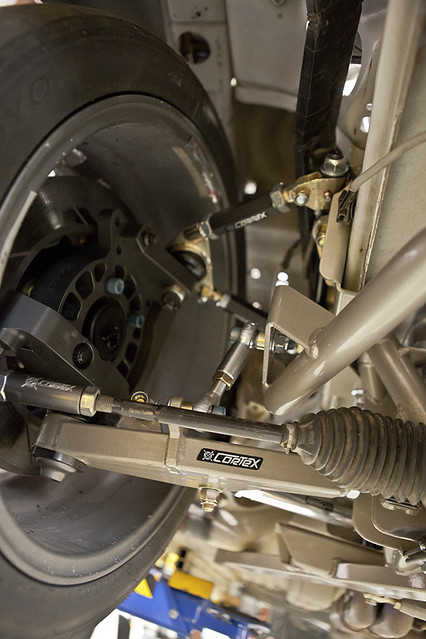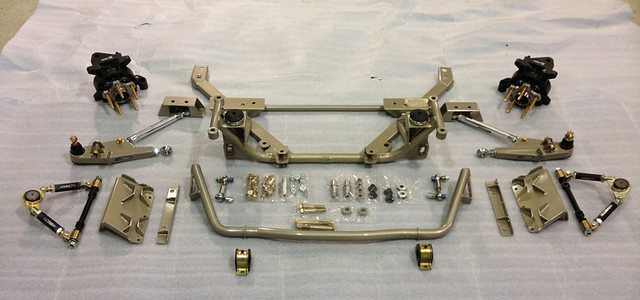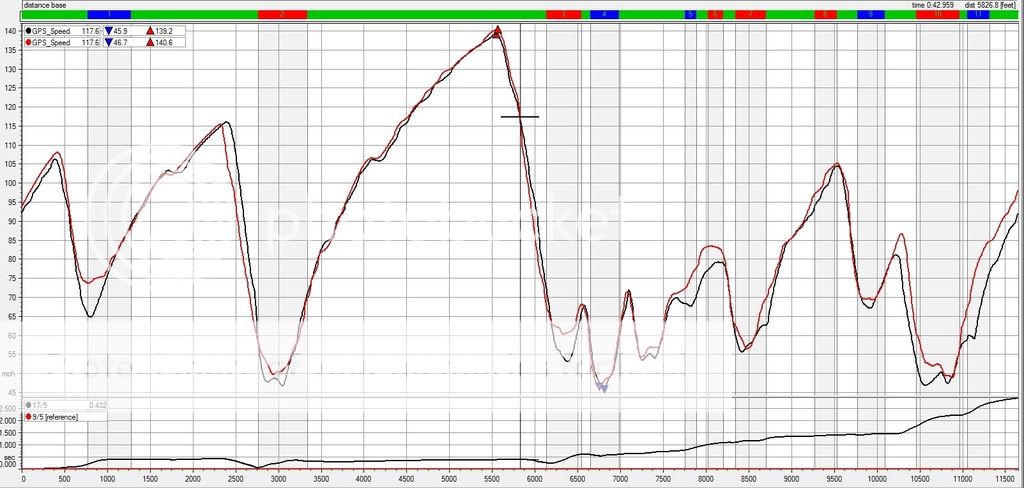I understand that
ddd4114 and
kcbrown are very interested in the engineering side of handling. I actually quit talking to Sam Strano when he tried to tell me that trial braking wasn't useful to keep more weight on the front tires and improve grip at turn in.
However I continue to feel obligated to tell new people to the sport that what
ddd4114 and
kcbrown are discussing is at the highest level and may or may not have any appreciable difference on the track, much less the street.
Terry Fair was dismissed slightly above as being "old school racer" and not open to the science or engineering of designing a proper suspension. Well Jason at Vorshlag can talk numbers with any of you, the difference is that they know what matters and what doesn't.
ddd4114, you are a test engineer. Just curious, if a particular spec is +/- 0.10, do you worry about 0.001? I think that is what Terry is trying to tell the both of you.
For example, here are the points required by NASA Time Trial rules for various modifications:
UTQG treadwear rating of 120-200: +2
UTQG treadwear rating of 50 to 130: +7
UTQG treadwear rating of 40 or less: +10
Hoosier A6: +13
Here are the points for tire width increase equal to or greater than:
10mm +1, 20mm +4, 30mm +7, 40mm +10, 50mm +13, 60mm +16, 70mm +19, 80mm +22, 90mm +25, 100mm +28, 110mm +31
Here are the two modifications that seem related to this thread:
Bump steer kits or shimming of the steering rack +2
Alteration of ball joints/dive angles +2
Why are the points for tires so much higher than for improving front suspension geometry?
So, just curious, do you think that NASA Time Trial drivers will accept an uncontrollable car to get their one fast lap, especially since if they go four off or spin their time does not count for that session?
If I haven't made even a little bit of a point yet, here is some CMC undercar video from TWS:
http://vimeo.com/23297940
I have read all of the Carroll Smith "to win" books, and even back in 1978 he gave the tire designers credit for overcoming a lot of race car geometry issues.
Again, for the new guys, having your roll center underground doesn't mean that it will catch and flip the car like a driveshaft! Seriously, that is what this thread seems to imply!






